The Gulf region, with its rich cultural history, boasts a diverse and flavorful cuisine. Each dish tells a unique story of tradition, community, and heritage, combining aromatic spices and fresh ingredients.
Here, we dive into the top 10 best dishes in Gulf countries that every food lover should experience.
1. Machboos (Bahrain, Qatar, UAE)
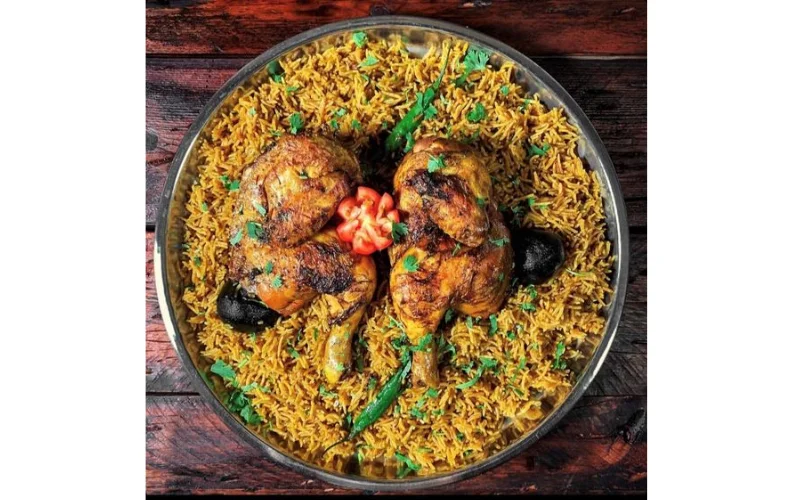
Machboos, also known as Kabsa in some regions, is a beloved dish across Gulf countries, particularly in Bahrain, Qatar, and the UAE. This dish is characterized by its use of long-grain basmati rice cooked with tender pieces of meat, such as chicken, lamb, or fish. What sets Machboos apart is its unique blend of spices, including cinnamon, cloves, cardamom, and saffron, which infuse the dish with a warm, aromatic flavor.
Flavor profile: Earthy and rich, with a hint of citrus from dried limes.
Serving tip: Often garnished with nuts or raisins to add texture and a hint of sweetness.
Why it’s a must-try: Machboos is more than just a meal—it’s a symbol of hospitality and is often served during family gatherings and celebrations.
2. Mandi (Yemen, Saudi Arabia)
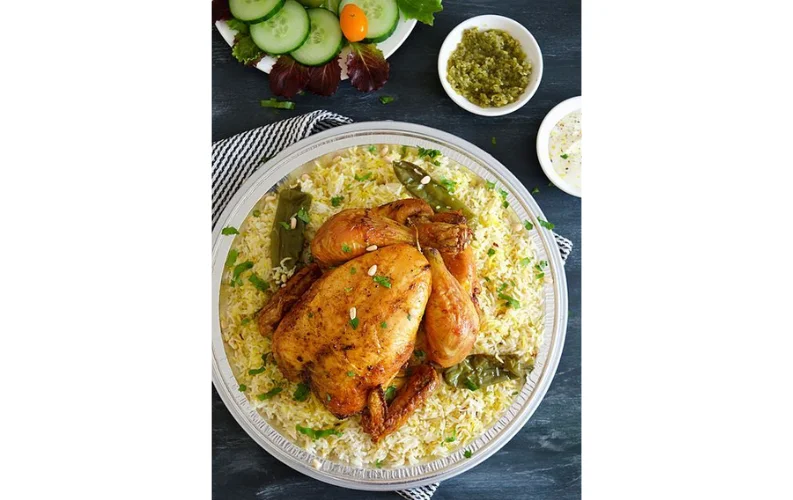
Mandi is a traditional dish that originated in Yemen and has gained widespread popularity in Saudi Arabia and other Gulf countries. This dish features rice and meat (typically lamb or chicken) cooked together using a unique underground method that imparts a smoky flavor and tender texture. The rice is flavored with a special spice mix that includes black pepper, cloves, cumin, and coriander.
Preparation: The meat is marinated and slow-cooked, while the rice is cooked in the same broth, absorbing the flavors of the meat and spices.
Common accompaniments: A side of yogurt or spicy tomato sauce.
What makes it special: Mandi is celebrated for its simplicity and the communal experience of sharing it during large gatherings.
3. Harees (UAE, Oman)
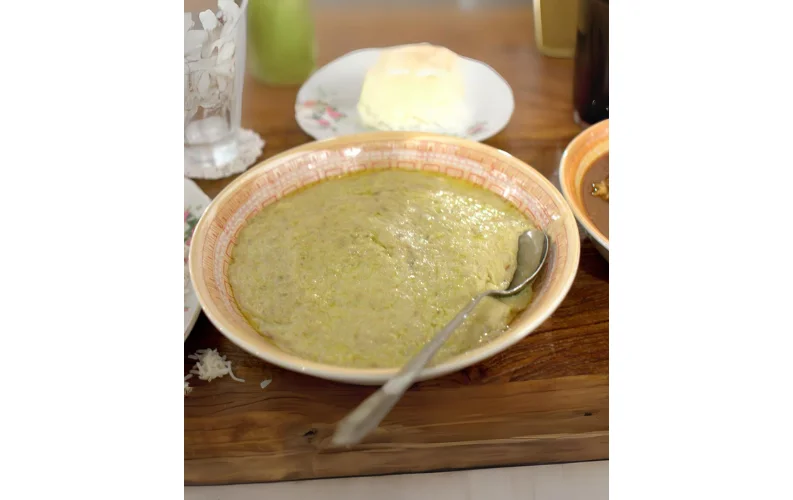
Harees is a dish commonly enjoyed during Ramadan and festive seasons in the UAE and Oman. It is made from ground wheat mixed with meat (usually lamb or chicken) and cooked until it reaches a thick, porridge-like consistency. The slow-cooking process allows the flavors to meld beautifully, resulting in a comforting and hearty dish.
Flavor profile: Mild and savory, with a smooth, grainy texture. Best way to enjoy: Served warm, topped with ghee for added richness.
Cultural significance: Harees holds a special place in Gulf traditions and is known for its role in uniting families during special occasions.
4. Thareed (Qatar, Bahrain)
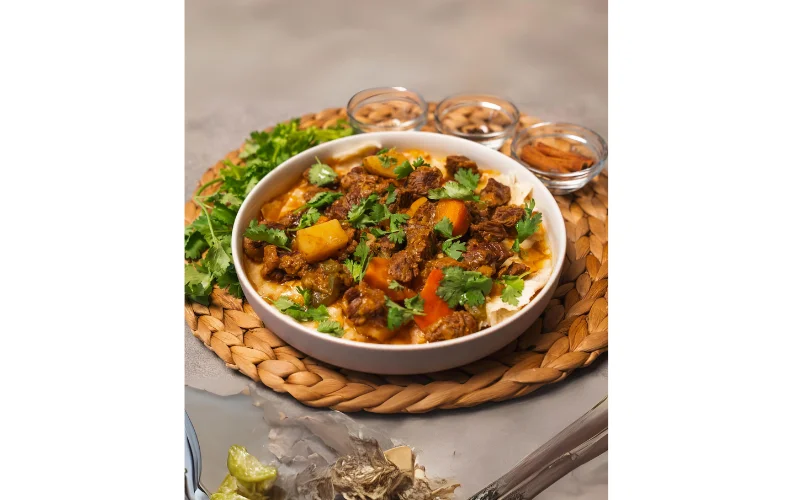
Thareed, sometimes likened to "Arabian lasagna," is a popular dish made by soaking pieces of crispy bread in a rich meat and vegetable stew. Common ingredients include lamb or chicken, potatoes, carrots, and tomatoes, all simmered with a blend of spices. The bread absorbs the stew, resulting in a dish that is both filling and flavorful.
Texture: Soft and hearty, with layers of bread soaking in the stew.
Flavor: A mix of savory and mildly spiced notes.
Why it stands out: Thareed is a testament to the resourcefulness of Gulf cuisine, turning simple ingredients into a dish with deep flavors and textures.
5. Balaleet (UAE, Oman)
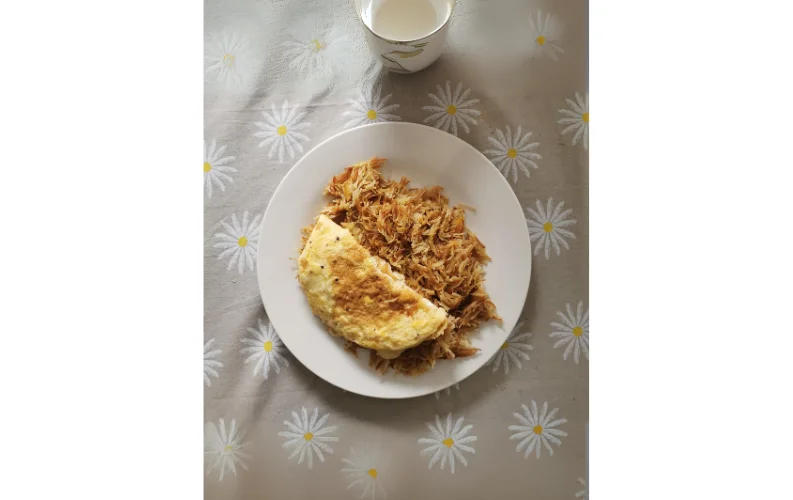
Balaleet is a unique breakfast dish that perfectly balances sweet and savory elements. It consists of sweetened vermicelli noodles flavored with cardamom, saffron, and rose water, topped with spiced scrambled eggs. This contrasting combination of flavors makes Balaleet an intriguing and delightful dish.
Flavor profile: Sweet, fragrant noodles paired with savory eggs.
Serving suggestion: Best enjoyed with a cup of hot tea or Arabic coffee.
Cultural roots: Balaleet is especially popular during Eid and other festive breakfasts, symbolizing the blend of tradition and modernity.
6. Kebab Koobideh (Iran, popular in Gulf countries)
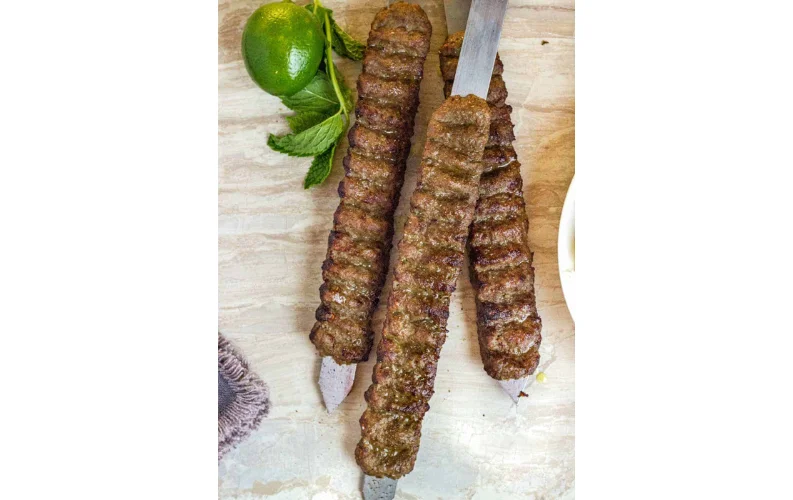
Kebab Koobideh is a popular dish in Gulf countries, influenced by Persian cuisine. It consists of minced lamb or beef seasoned with grated onions and spices, grilled on skewers over an open flame. The kebabs are usually served with saffron rice or bread and are accompanied by grilled tomatoes.
Flavor profile: Juicy and smoky, with a touch of warmth from the spices.
Ideal for: Grilling enthusiasts and anyone looking for a savory, protein-rich dish.
Special note: Kebab Koobideh is perfect for outdoor dining and family barbecues.
7. Majboos (Kuwait)
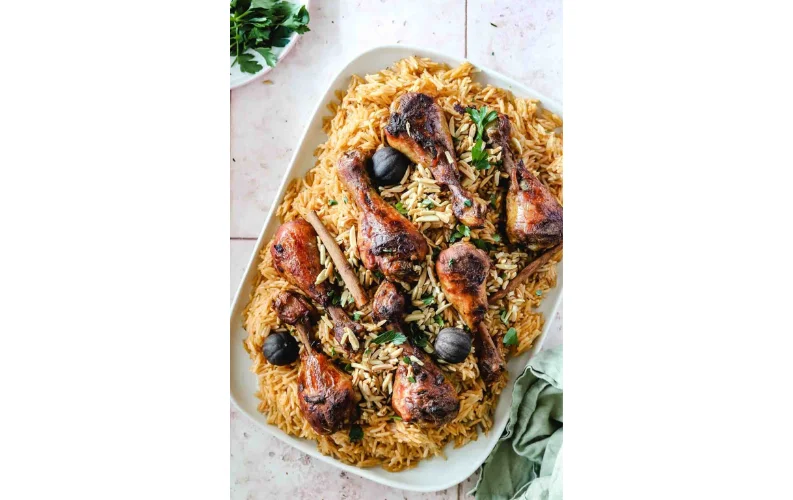
Similar to Machboos but with its own unique twist, Majboos is a staple in Kuwaiti cuisine. This dish is prepared by cooking basmati rice with meat (commonly chicken or lamb) and seasoning it with a mix of spices and dried limes. Majboos is often garnished with caramelized onions, nuts, and raisins for an added burst of flavor.
Flavor profile: Citrusy from the dried limes, with rich undertones from the spices.
Serving tip: Enjoy with a side of fresh salad or yogurt.
Why it’s loved: Majboos is a crowd-pleaser, perfect for both casual meals and formal gatherings.
8. Falafel (Common in Gulf cuisine)

Falafel, though popular in many Middle Eastern countries, has a special place in the Gulf region as well. Made from ground chickpeas or fava beans mixed with herbs and spices, falafel is shaped into small patties or balls and deep-fried to perfection. It’s typically served in pita bread with tahini sauce and fresh vegetables.
Texture: Crispy on the outside, soft and green on the inside.
Health benefits: High in protein and fiber, making it a great vegetarian option.
Why it’s a hit: Falafel is versatile and perfect as a snack, appetizer, or part of a main meal.
9. Shawarma (Widespread in Gulf region)
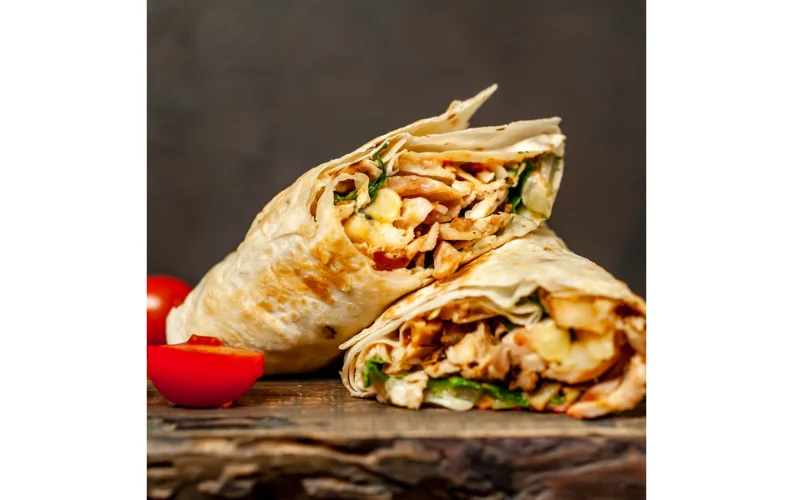
Shawarma has become a global sensation, but it remains a beloved street food staple in the Gulf region. It features marinated meat (chicken, lamb, or beef) slowly roasted on a vertical rotisserie and sliced thin. The meat is typically served wrapped in flatbread with garlic sauce, pickles, and vegetables.
Flavor profile: Savory and tangy, with a hint of smokiness from the roasting.
Best paired with: Fries and a cold drink.
What makes it special: Shawarma is a go-to comfort food that satisfies cravings at any time of day.
10. Luqaimat (UAE, Saudi Arabia)

Luqaimat is a popular dessert in the Gulf, often served during special occasions and celebrations. These golden, deep-fried dough balls are drizzled with date syrup or honey and sprinkled with sesame seeds. They are light, airy, and slightly crisp on the outside, with a soft interior.
Flavor profile: Sweet and subtly spiced with cardamom.
Serving suggestion: Best enjoyed warm with a cup of Arabic coffee or tea.
Cultural connection: Luqaimat represents the warm hospitality of Gulf countries, often shared with guests and family members.
Conclusion:
The cuisine of the Gulf region is a tapestry of flavors, aromas, and stories. From the comforting Harees to the indulgent Luqaimat, each dish reflects the region’s rich cultural heritage. Exploring these top 10 dishes offers not just a taste but an immersive experience into the traditions and hospitality of Gulf countries. Whether you’re visiting or recreating these dishes at home, the flavors of the Gulf promise a journey worth savoring.
You may also like:-






















